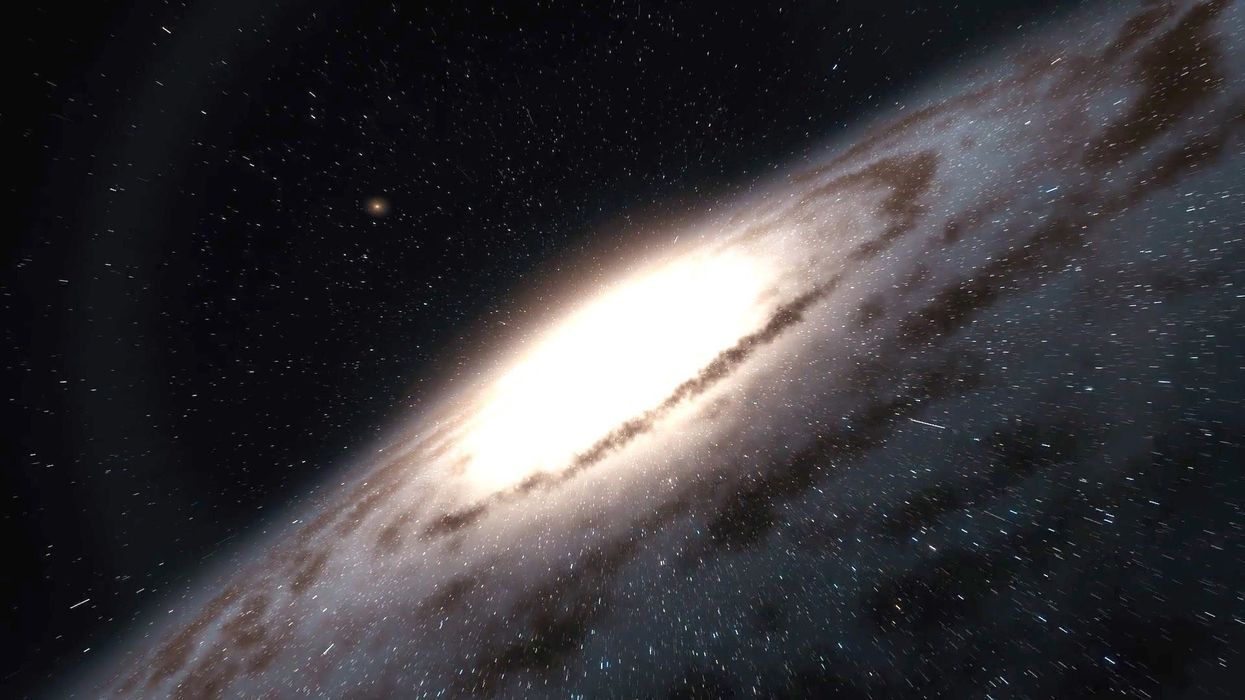Liam O'Dell
Dec 10, 2023
Related video: The Milky Way galaxy could be in a ‘supervoid’
ZMG - Amaze Lab / VideoElephant
In news which may seem underwhelming, a group of researchers from Germany, Scotland and the Czech Republic have suggested that rather than Earth being one planet dotted in a much wider cosmos, we’re actually like “an air bubble in a cake”.
To put it in more scientific terms based on the academic observation: Earth’s in “a region of space where there is relatively little matter”. It comes as a calculation about the distance and speed at which galaxies move away from each other – known as the ‘Hubble-Lemaitre constant’ – pulls up a different number when looking at “celestial bodies which are much closer to us” known as ‘category 1a supernovae’.
The constant is tied to the Big Bang theory (no, not the show) because it relates to the expansion of the universe.
While calculations “at the very distant regions of the universe” would produce a speed of 244,000 kmph per megaparsec distance (one megaparsec equated to just over 3 million lightyears), the figure comes back as just below 264,000 kmph per megaparsec distance.
Professor Dr Pavel Kroupa, of the University of Bonn, said: “The universe… appears to be expanding faster in our vicinity – that is, up to a distance of around three billion light years – than in its entirety, and that shouldn’t really be the case.”
The scientists say the “deviations” in the two calculations can be explained by what they call a “local ‘under-density” – except they also acknowledge that the “standard model of cosmology” does not allow for under-densities or “bubbles” in the universe.
Dr Kroupa continued: “The standard model is based on a theory of gravity put forward by Albert Einstein. However, the gravitational forces may behave differently than Einstein expected.”
And so, the academics used a “modified theory of gravity” known as “modified Newtonian dynamics” (MOND), first proposed by Israeli physicist Professor Dr Mordehai Milgrom in the 1980s, which they say “does accurately predict the existence of such bubbles”.
Except, if this theory is true, then what’s known as “the Hubble tension” – a discrepancy around the Hubble constant - would disappear altogether.
This hypothesis comes just a few months after a paper from University of Geneva professor Lucas Lombriser suggested the universe’s expansion could be an illusion.
Sign up to our free Indy100 weekly newsletter
Have your say in our news democracy. Click the upvote icon at the top of the page to help raise this article through the indy100 rankings.
Top 100
The Conversation (0)














